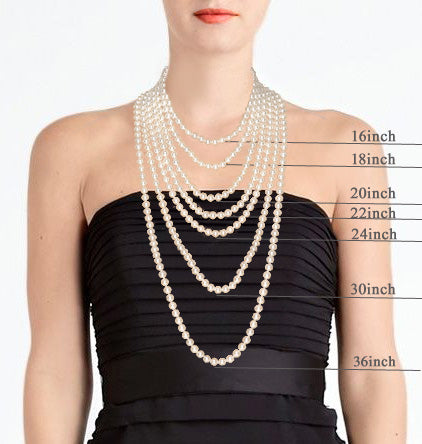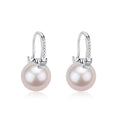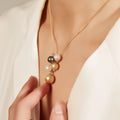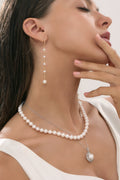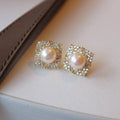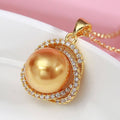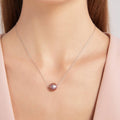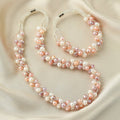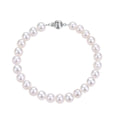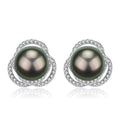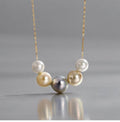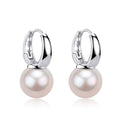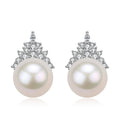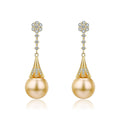How to Determine the Authenticity of Pearls: Tips and Techniques for Identifying Genuine Pearls and Avoiding Imitations

Pearls are a timeless and elegant addition to any jewelry collection, but with the abundance of imitation pearls on the market, it's essential to know how to identify genuine pearls. In this blog post, we'll share tips and techniques for determining the authenticity of pearls, so you can confidently invest in high-quality pearl jewelry that will last for generations.
- The Tooth Test
One of the easiest and most well-known methods for testing the authenticity of pearls is the tooth test. Gently rub the pearl against the edge of your front teeth – if the pearl feels smooth and glass-like, it's likely an imitation. Genuine pearls, on the other hand, will feel slightly gritty or sandy due to their natural nacre composition.
- The Luster and Surface Quality
Genuine pearls are known for their lustrous sheen, which is the result of light reflecting off the pearl's layers of nacre. Imitation pearls often have a shiny but artificial-looking luster that cannot replicate the depth and radiance of real pearls. Additionally, genuine pearls usually have some minor surface imperfections like bumps or ridges, while imitation pearls tend to have a uniformly smooth surface.
- The Weight
Genuine pearls typically have a denser, heavier feel compared to their imitation counterparts. While this test is less definitive than others, it can be a helpful indicator of authenticity, especially when combined with other methods.
- The Drill Hole
Examine the drill hole in a pearl, which is where it has been strung on a necklace or attached to a piece of jewelry. Genuine pearls will have a clean, sharp drill hole, while imitation pearls may show a slight seam or a coating that appears to be peeling or flaking around the hole.
- The Temperature
Real pearls will feel cool to the touch when first picked up and will gradually warm to your body temperature. Imitation pearls, on the other hand, may feel warmer initially and are less likely to change temperature as you hold them.
- The Overtone
Genuine pearls often exhibit a subtle, iridescent overtone that gives them depth and dimension. This overtone can be challenging to replicate in imitation pearls, making it a helpful characteristic to look for when determining authenticity.
- Seek Professional Assistance
If you're still uncertain about the authenticity of your pearls, it's best to consult a professional jeweler or gemologist. They can perform additional tests and use specialized equipment to determine the pearl's origin and authenticity with greater accuracy.
Conclusion
Determining the authenticity of pearls is essential for ensuring you're investing in high-quality, genuine pearl jewelry. By familiarizing yourself with these tips and techniques, you can confidently identify real pearls and avoid imitation or fake pearls. At House of Pearls, we're committed to providing our customers with an exquisite selection of authentic pearl jewelry that can be cherished for years to come. Explore our collection and find the perfect pearl piece to add to your jewelry collection.
